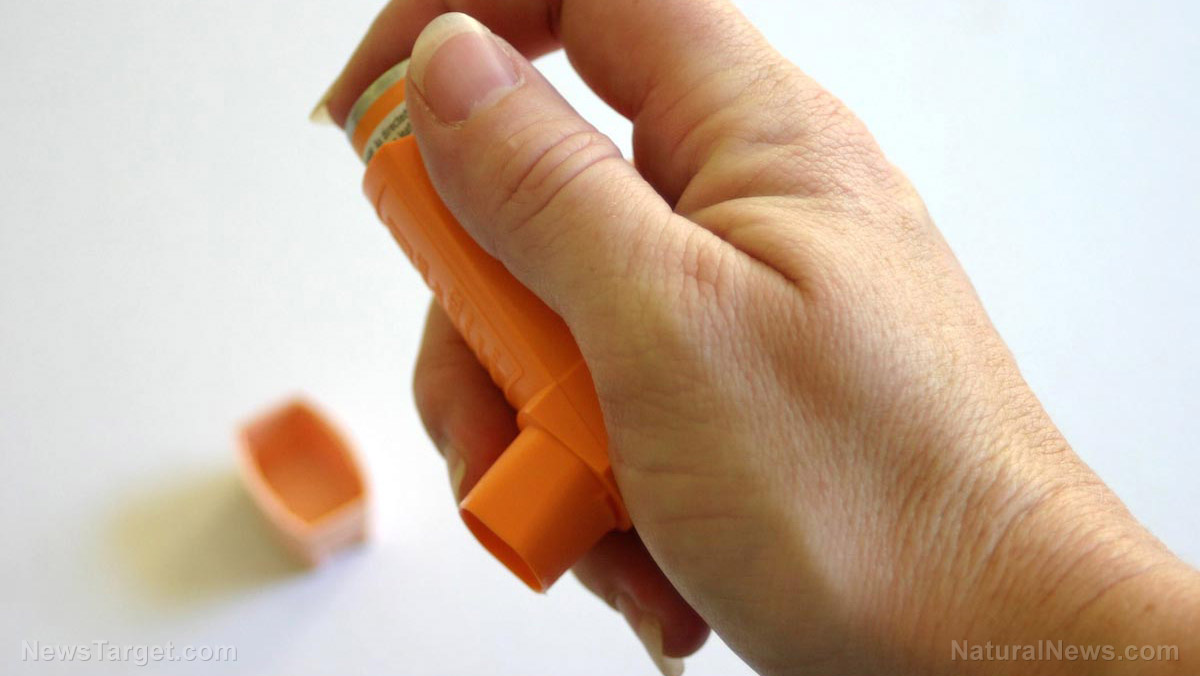8 Skills you need to learn if you want to become self-sufficient in the wilderness
05/04/2021 / By Arsenio Toledo

TV shows and movies may portray surviving out in the wilderness as a fun adventure, but this is the furthest thing from reality. Becoming self-sufficient in the wilderness is a task that many survivalists spend years trying to accomplish.
There are certain types of skills you need to master in order to survive for long periods of time in the great outdoors. Here are just eight of the many important skills you need to master on your road to becoming a wilderness survival expert. (h/t to Survivopedia.com)
Learn to clean your water
As a general rule of thumb, you can survive without water for three days. Different factors can make this shorter, such as environmental conditions and your level of physical activity. This is why, before even thinking about getting food, you have to consider getting water and learning how to clean it.
Some basic water purification methods include boiling and distilling, using a filtration straw or pump, using purification tablets or setting up an evaporation trap.
Learn to hunt
Hunting is difficult, and chances are you will make mistakes that might scare away your prey. To increase your chances of getting a kill, consider learning how to build a trap. Once you’ve set up your trap, you can continue scouting out where your prey has been and, with a trusty weapon, taking it down. Be reminded that once you deal with your prey, you also have to gut, skin and butcher the animal before you can cook it.
Learn to fish
There are plenty of ways for you to fish, such as the traditional hook and line with a bait at the end, spearfishing, dip net and gill net fishing and – in desperate situations – just using your hands to catch fish. You can also learn how to set up fish traps.
Learning different ways of catching fish allows you to branch out and bag different kinds of fish, not just the most abundant species in your region.
Preserve your food
You won’t be able to eat all of the meat you have in one sitting, so you must learn how to preserve it. Dehydrating the meat is probably the easiest way to preserve your food out in the wilderness, and there are two main ways you can go about this.
The first is by drying the meat. This simple method of food preservation only requires using the heat from the sun to dry the meat. The second method involves smoking the meat. You take your meat and hang it on a rack built over a small fire, and then you let the smoke slowly dry and cook your meat over an extended period of time.
You can also smoke the meat after you’ve dehydrated it to achieve the best “shelf life” possible out in the wilderness.
Learn wilderness first aid
Wilderness first-aid is radically different from normal first aid training. You have to keep in mind that your resources will be extremely limited, and you need to learn how to improvise given your lack of first aid equipment.
This means learning how to stop heavy bleeding, how to clean and dress a wound and how to make a splint. But it also means learning how to do the Heimlich maneuver and how to perform CPR. (Related: Survival 101: How to suture a wound when out in the wilderness.)
Learn to be seasonal
The routine you have established for yourself while living in civilization will not work once you’re out in the wilderness. Here, you have to think seasonally and plan your activities based on whether it’s spring, summer, fall or winter.
For example, the berries and nuts you forage during the spring and summer months will be scarce by the time winter approaches. During these cold months, you have to concentrate your efforts on digging up edible roots instead.
Along with planning your activities based on the current season, you need to prepare for the upcoming months as well. Map out what food sources will be available to you and prepare the clothing you need for the upcoming changes to the environment.
Take advantage of your natural resources
Once you’re in the wilderness, take a moment to observe your surroundings. If you look closely, you will notice that there is an abundance of natural resources around you that can serve you in one way or another. A nearby stream can be used as a good fishing spot or a source of clean water, some natural stone formations can be used to build a sturdy shelter.
To identify all of the helpful natural resources that you can use, you need to train your brain to be very observant. Learn to differentiate between the helpful resources, like wild edibles, and the dangerous ones like poisonous berries. With enough experience and a good knowledge of the wilds in your region, you can learn to get the eyes of a true wilderness survivalist.
Never waste what you take
Remember that everything you take from nature must be used and repurposed. This means learning how to use every resource to its fullest extent. There is no room for unnecessary waste out in the wild.
Learning how to recognize the usefulness of what others may perceive to be mere rubbish takes a lot of creativity. You need to train your brain to figure out how to repurpose everything around you. You can start doing this in your own home by taking some time to think about how something you want to throw out could be given new life.
Surviving out in the wild is a difficult task. Even the most seasoned survivalists have much more to learn on the matter. What’s important is that you are willing to learn. Knowledge will be your primary tool for dealing with what nature can throw at you. With enough knowledge and an openness to learning new ideas, you can not only survive but thrive in an environment many would consider inhospitable.
Learn more about self-sufficiency and the different skills you need to survive in the wilderness by reading the latest articles at Survival.news.
Sources include:
Tagged Under: first aid, fishing, Food Preservation, hunting, natural resources, off grid, Off-the-grid living, preparedness, prepper, prepping, seasons, self sufficiency, survival, survivalist, water purification, wilderness first aid, wilderness survival
RECENT NEWS & ARTICLES
COPYRIGHT © 2017 OFFGRID NEWS




















